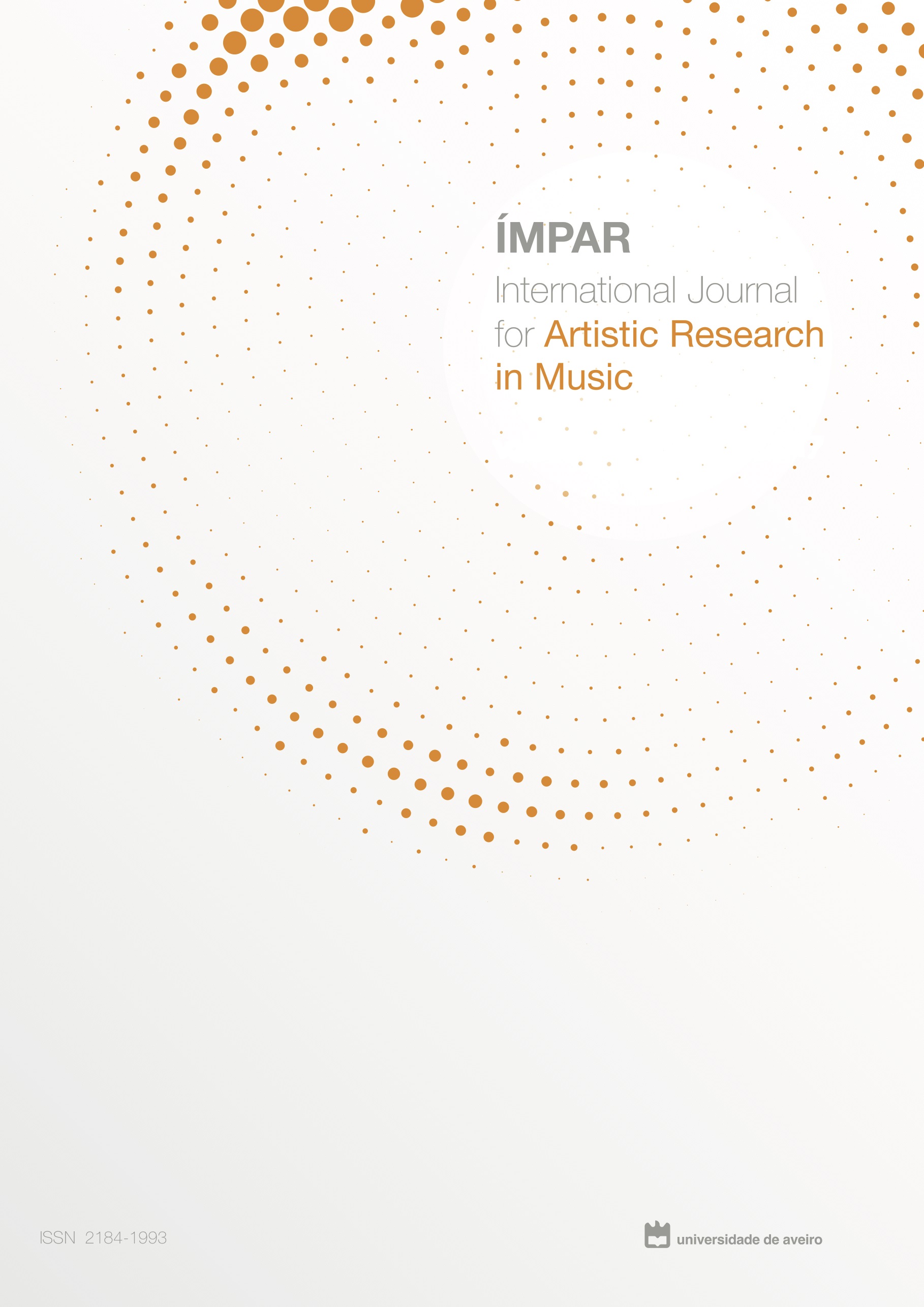György Kurtág's Játékok: a tool to learn the piano
Abstract
György Kurtág's Játékok for piano, piano duet or two pianos, produced with the pedagogical collaboration of Marianne Teöke, consists of eight books. The first is published in 1979 by the publisher Editio Musica Budapest. This Work in Progress marks the renaissance of the composer; the pseudopedagogical work “suggested by children playing spontaneously with the piano” is designed to enable “familiarization with the processes and the thought of contemporary music, from the first contacts with the instrument”, and also with “pleasure in playing” and “joy of movement-daring”. Each book proposes to compare two types of complementary writing, and an explanatory note presents the elements of musical language: pianistic, correlating sign and musical and instrumental gesture, highlighting this search for "gesture-sound" at the heart of Kurtág's thought. We have chosen the specific theoretical frameworks of didactics, more particularly the didactics of music, together with the methodological tools of activity analysis, to examine the experiments undertaken by these young pianists to explore the meaning of their musical experience by the acquisition of the technical gestures written in the Játékok. Our methodology is based on video recordings of autonomous practice sessions of young pianists aged from 8 to 12 years old, followed by a simple self-confrontation interview. We ask about their musical realization, about what is to be done (the task) and what has been done (the activity) in order to understand the process that leads from the technical gesture to the musical gesture. In this paper, we propose to present some results on the relation between task and activity in piano learning, to understand how certain technical gestures learned in the Játékok context are transferable in other musical situations, and to describe some pedagogical paradoxes existing in some of these games. This work of didactic analysis of the pianistic activity allowed us to observe indicators that elicit and trigger activity. It shows that certain exercises, certain parts, require the presence of a teacher so that the child understands what is prescribed. These data indicate the principles of the acquisition of gestures that allow the young pianist to develop a sensitive and musical discourse.





